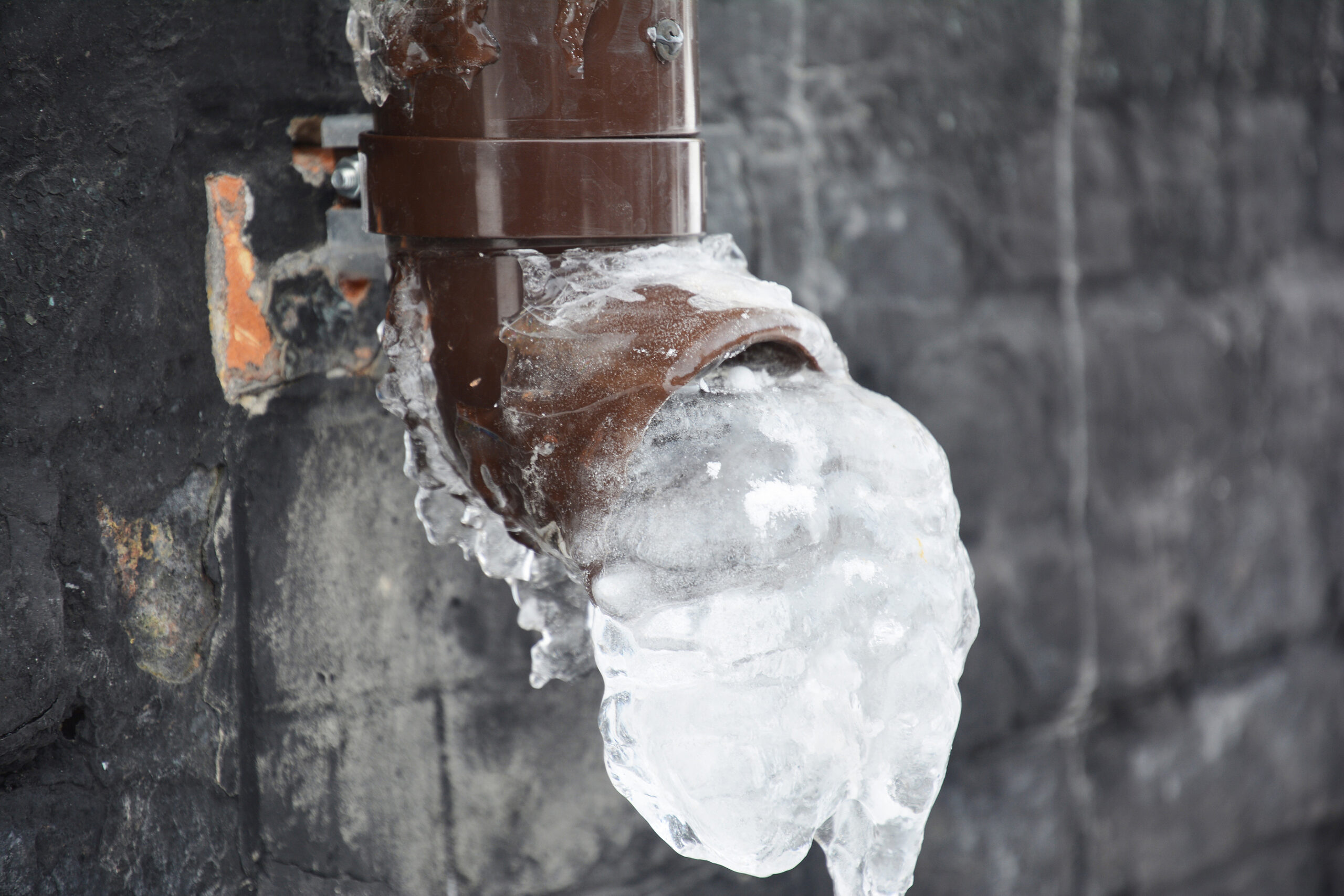Avoiding Frozen Plumbing in Winter: Key Advice
Avoiding Frozen Plumbing in Winter: Key Advice
Blog Article
They are making a few good pointers on the subject of 6 Ways to Prevent Frozen Pipes in general in this post just below.

Winter can ruin your pipes, especially by freezing pipes. Here's just how to stop it from occurring and what to do if it does.
Introduction
As temperatures decrease, the risk of icy pipes increases, possibly causing costly repairs and water damages. Understanding just how to avoid frozen pipelines is essential for home owners in chilly environments.
Comprehending Icy Pipelines
What creates pipelines to ice up?
Pipelines ice up when exposed to temperature levels listed below 32 ° F (0 ° C) for prolonged periods. As water inside the pipes ices up, it increases, taxing the pipe walls and possibly triggering them to rupture.
Risks and problems
Icy pipes can bring about water interruptions, home damage, and pricey repair work. Ruptured pipelines can flooding homes and trigger comprehensive architectural damage.
Indications of Frozen Water Lines
Recognizing icy pipelines early can avoid them from rupturing.
Exactly how to identify frozen pipelines
Search for decreased water flow from taps, uncommon smells or noises from pipes, and noticeable frost on revealed pipes.
Prevention Tips
Insulating at risk pipelines
Wrap pipelines in insulation sleeves or make use of warm tape to protect them from freezing temperature levels. Concentrate on pipes in unheated or external areas of the home.
Heating methods
Maintain indoor spaces appropriately heated up, especially locations with plumbing. Open closet doors to enable cozy air to distribute around pipelines under sinks.
Safeguarding Exterior Plumbing
Yard tubes and outside taps
Separate and drain yard hose pipes before winter season. Mount frost-proof spigots or cover outside faucets with protected caps.
What to Do If Your Pipelines Freeze
Immediate actions to take
If you believe icy pipes, maintain taps available to ease stress as the ice melts. Make use of a hairdryer or towels soaked in warm water to thaw pipes gradually.
Long-Term Solutions
Structural modifications
Consider rerouting pipes far from exterior wall surfaces or unheated locations. Add additional insulation to attic rooms, basements, and crawl spaces.
Upgrading insulation
Buy top quality insulation for pipes, attics, and wall surfaces. Proper insulation assists preserve regular temperature levels and decreases the danger of frozen pipelines.
Verdict
Protecting against frozen pipes requires proactive measures and quick feedbacks. By comprehending the causes, signs, and preventive measures, property owners can safeguard their plumbing during cold weather.
5 Ways to Prevent Frozen Pipes
Drain Outdoor Faucets and Disconnect Hoses
First, close the shut-off valve that controls the flow of water in the pipe to your outdoor faucet. Then, head outside to disconnect and drain your hose and open the outdoor faucet to allow the water to completely drain out of the line. Turn off the faucet when done. Finally, head back to the shut-off valve and drain the remaining water inside the pipe into a bucket or container. Additionally, if you have a home irrigation system, you should consider hiring an expert to clear the system of water each year.
Insulate Pipes
One of the best and most cost-effective methods for preventing frozen water pipes is to wrap your pipes with insulation. This is especially important for areas in your home that aren’t exposed to heat, such as an attic. We suggest using foam sleeves, which can typically be found at your local hardware store.
Keep Heat Running at 65
Your pipes are located inside your walls, and the temperature there is much colder than the rest of the house. To prevent your pipes from freezing, The Insurance Information Institute suggests that you keep your home heated to at least 65 degrees, even when traveling. You may want to invest in smart devices that can keep an eye on the temperature in your home while you’re away.
Leave Water Dripping
Moving water — even a small trickle — can prevent ice from forming inside your pipes. When freezing temps are imminent, start a drip of water from all faucets that serve exposed pipes. Leaving a few faucets running will also help relieve pressure inside the pipes and help prevent a rupture if the water inside freezes.
Open Cupboard Doors
Warm your kitchen and bathroom pipes by opening cupboards and vanities. You should also leave your interior doors ajar to help warm air circulate evenly throughout your home.

I stumbled upon that post on Prevent Frozen Pipes while doing a lookup on the web. Do you know someone else who is fascinated with the niche? Take a moment to promote it. I praise you for your time. Kindly visit our blog back soon.
Click Here Report this page